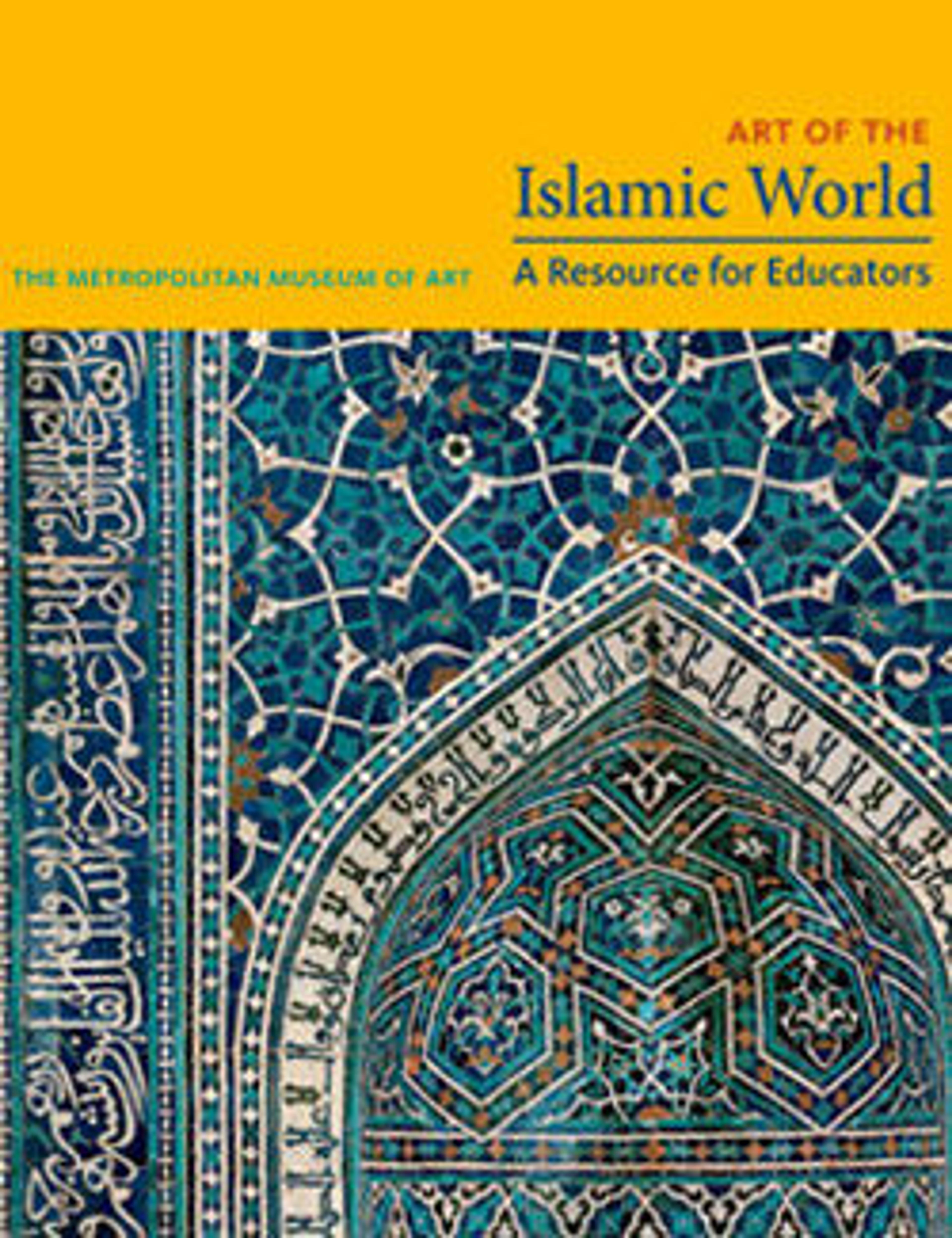Dado Panel
This carved plaster panel comes from an elaborately decorated house excavated at Nishapur, which had panels decorating the lower part of the wall (called the dado) in several rooms. The panels were originally painted in bright yellows, reds, and blues, with equally colorful murals on the plaster walls above. However, once the excavated panels were exposed to air, the bright colors quickly disappeared. It appears that to create these dado panels, a thin layer of stucco was applied to the wall and the design was sketched out using a compass and other drawing tools. Then the design was carved into the surface by hand. This is different from the findings at other sites, where it appears that large panels of stucco were made from a mold and then attached to the wall with the designs already impressed on them.
Artwork Details
- Title: Dado Panel
- Date: 10th century
- Geography: Excavated in Iran, Nishapur
- Medium: Stucco; carved
- Dimensions: H. 37 1/2 in. (95.3 cm)
W. 92 5/8 in. (235 cm)
D. 3 1/2 in. (8.9 cm)
Frame D. 2 1/2 in. (6.4 cm)
Wt. 418 lbs. (189.6 kg) - Classification: Stucco
- Credit Line: Rogers Fund, 1937
- Object Number: 37.40.40
- Curatorial Department: Islamic Art
More Artwork
Research Resources
The Met provides unparalleled resources for research and welcomes an international community of students and scholars. The Met's Open Access API is where creators and researchers can connect to the The Met collection. Open Access data and public domain images are available for unrestricted commercial and noncommercial use without permission or fee.
To request images under copyright and other restrictions, please use this Image Request form.
Feedback
We continue to research and examine historical and cultural context for objects in The Met collection. If you have comments or questions about this object record, please complete and submit this form. The Museum looks forward to receiving your comments.
